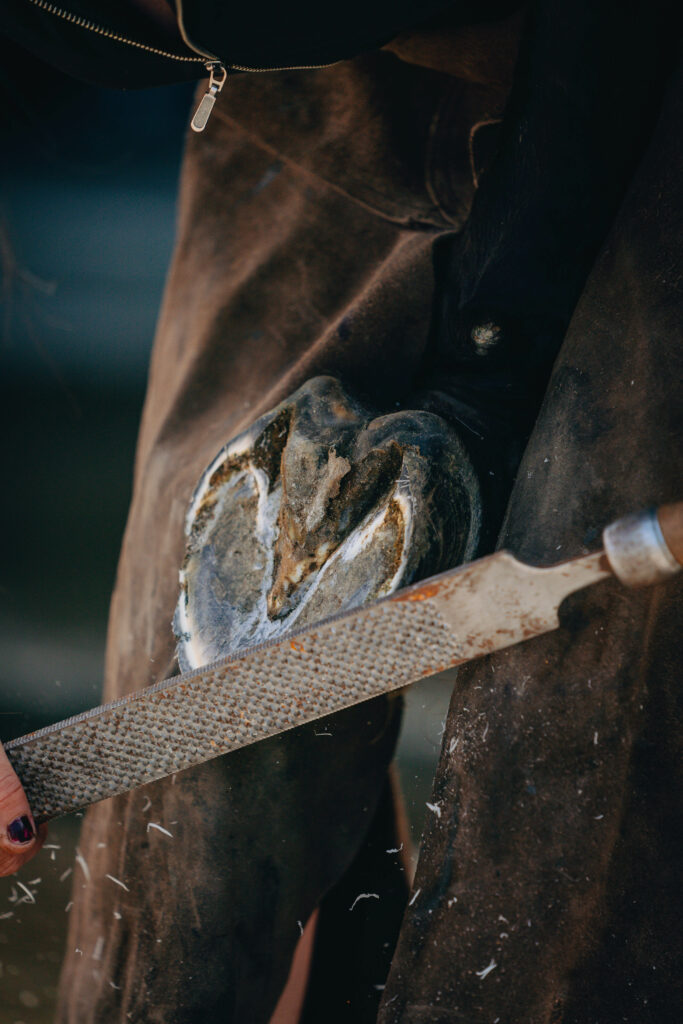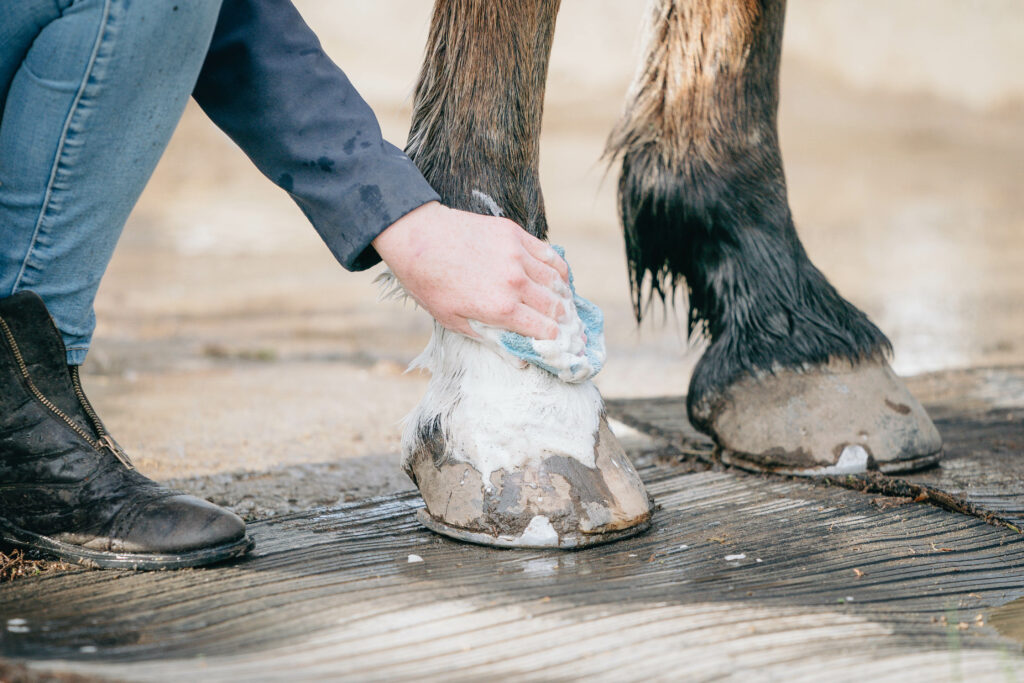The first category was the horse with no problems noted at the time of the exam. That decision was usually pretty straight-forward. I’d look at the horse and if I didn’t find or see any problems, that was usually that.
The second category was for a horse that wasn’t sound at the time of examination. I wasn’t always sure WHY the horse was limping – determining why a horse was limping is a lameness exam, not a presale exam. If the horse was limping noticeably, usually that was enough, and particularly if I could find the reason why (say, an arthritic joint).
The third category was what used to be referred to as, “Serviceably sound.” That is, the horse may not have been perfect, he might have been a little stiff going in one direct, but he had been doing his job for a long time and, in my opinion, he could probably keep doing the job that was asked of him for a good while longer. But today, in this day of X-raying every bone, pushing, prodding, flexing, and making SWAGs (SWAG = Scientific Wild-A** Guess) about the future, I’m often left wondering, “What happened to that horse that was serviceably sound?”








